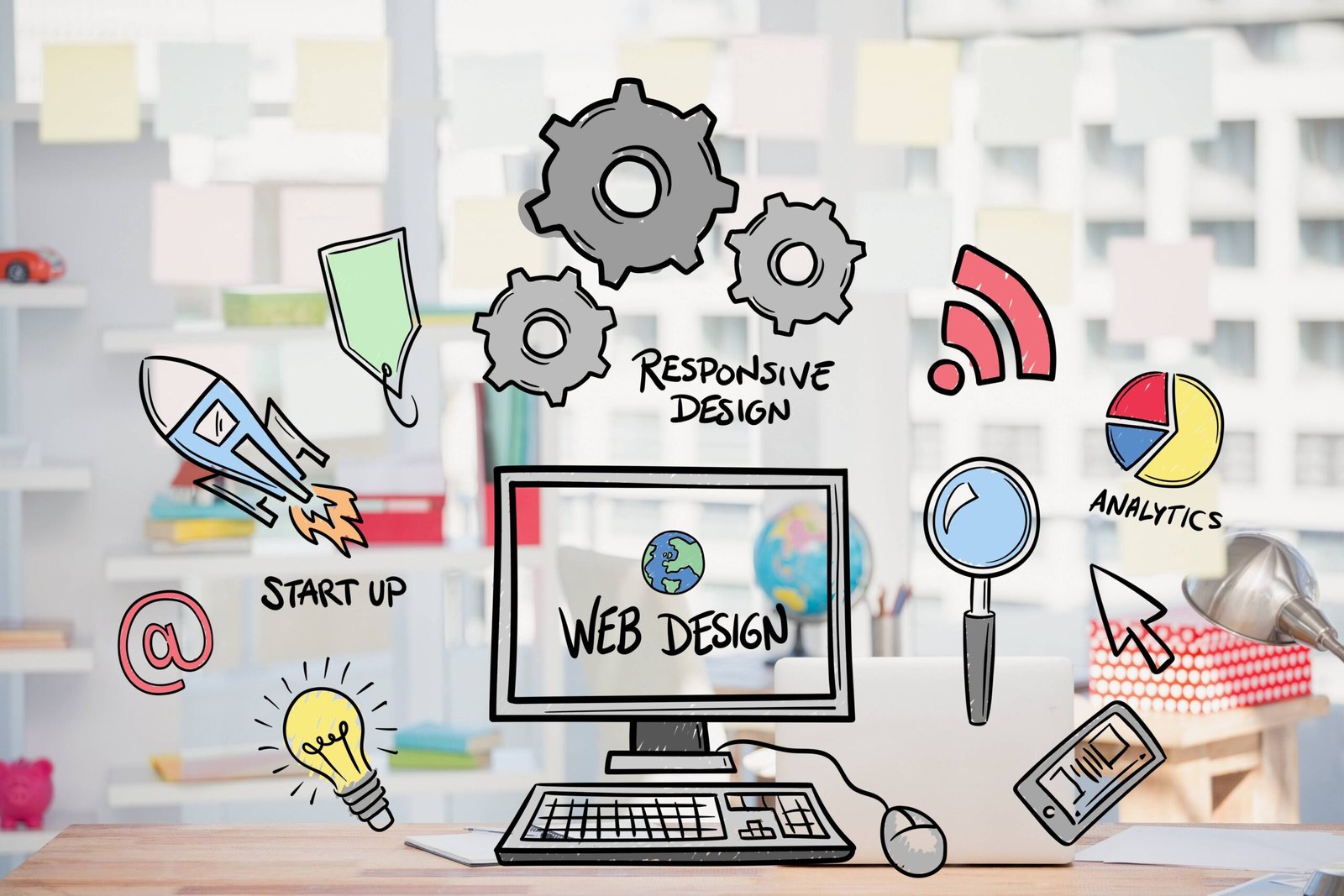Address
W/15, N Main Rd, Imayam Colony, C-Sector, Anna Nagar West Extension, Chennai, Tamil Nadu 600101
Work Hours
Monday to Saturday: 9 AM - 7 PM
Address
W/15, N Main Rd, Imayam Colony, C-Sector, Anna Nagar West Extension, Chennai, Tamil Nadu 600101
Work Hours
Monday to Saturday: 9 AM - 7 PM

In the digital age, your website is often the first impression potential customers have of your business. Whether you’re running an eCommerce store, a blog, or a service-based business, a well-designed website can make or break your online presence. But website development isn’t just about having a good-looking site; it’s about creating an effective platform that’s user-friendly, responsive, and optimized for both search engines and conversions.
In this guide, we’ll explore the key elements of website development, why it’s important, and how to build a website that not only attracts visitors but converts them into customers.
Website development refers to the process of building and maintaining websites. It involves a combination of web design (the look and feel of the site), web content (text, images, videos), and programming (functionality). A well-developed website is more than just aesthetics; it ensures optimal performance, speed, and user experience.
Website development is typically divided into two main components:
Your website is the digital face of your brand. Studies show that users form an opinion about your site within the first few seconds of visiting it. A clean, modern, and professional-looking site builds trust and encourages visitors to explore further.
A good website provides a seamless user experience (UX). This means easy navigation, fast loading times, and accessibility across all devices. If visitors struggle to find what they’re looking for or encounter slow load times, they’re likely to leave and never return.
Your website’s structure and content play a significant role in search engine optimization (SEO). Proper website development ensures that your site is easily crawled and indexed by search engines like Google. Well-organized content, meta tags, clean URLs, and responsive design all contribute to better search rankings.
With over half of internet traffic coming from mobile devices, having a mobile-responsive website is no longer optional. A responsive website adapts to different screen sizes and devices, ensuring a smooth experience for users, whether they’re browsing on a smartphone, tablet, or desktop.
Website security is critical, especially if your site collects sensitive customer data such as contact information or payment details. A well-developed website uses SSL certificates, secure hosting, and regularly updated software to protect against cyber threats.
Before diving into the design or development phase, it’s essential to plan. Determine the purpose of your website, define your target audience, and outline the key features you want to include. Planning helps avoid costly changes and ensures that the project stays on track.
The design phase focuses on the visual aspects of your website. Good design is more than just aesthetics; it involves creating a user-friendly interface that makes it easy for visitors to navigate and find what they need. Key elements include:
This is where the actual coding and building of your website take place. Developers work on both the front-end (the visible part of the site) and the back-end (the server and database that powers it).
Before launching your website, it’s essential to test it thoroughly. Testing ensures there are no bugs, broken links, or issues that could affect the user experience. Key testing processes include:
Once testing is complete, you’re ready to launch the site. After the launch, it’s essential to monitor the website’s performance and make any necessary adjustments.
Website development doesn’t end with the launch. Regular maintenance is essential to ensure that your site remains secure, functional, and up-to-date. This includes:
Website development is constantly evolving, and staying ahead of the curve can give your business a competitive edge. Some emerging trends include:
Website development is an ongoing process that requires careful planning, design, and optimization to create a site that serves both your business goals and user needs. By following best practices and staying up-to-date with the latest trends, you can build a website that not only looks great but also performs well and drives business growth.